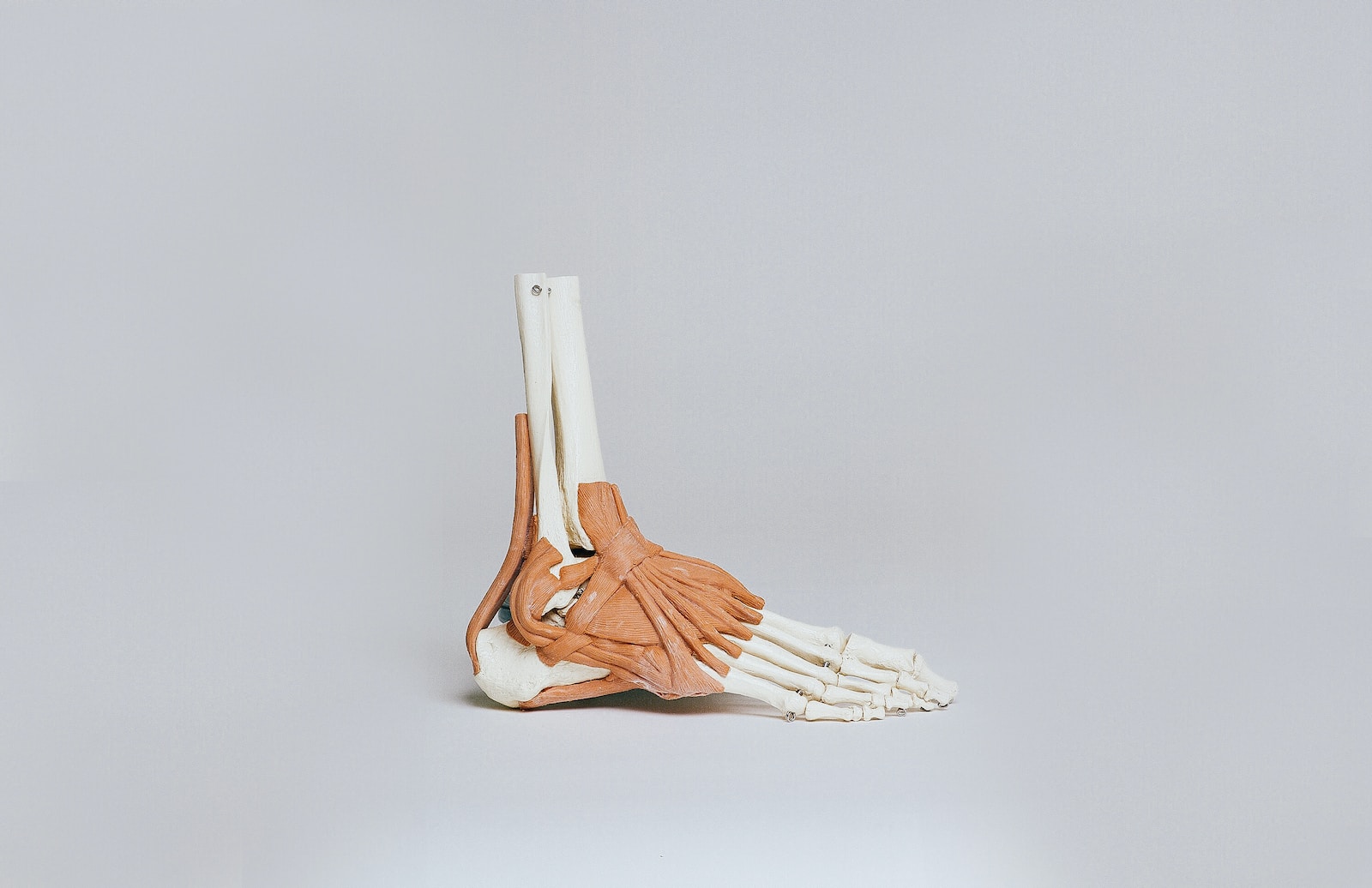Ligament damage refers to an injury that affects the tough, fibrous bands of tissue that connect bones to other bones and help stabilise joints. Ligament injuries can range from mild strains to complete tears, and they commonly occur in the ankles, knees, and wrists.
Here’s what you need to know about ligament damage:
- Ligament injuries are often caused by sudden twisting or stretching of a joint, such as during a sports activity or a fall.
- The symptoms of a ligament injury can include pain, swelling, stiffness, and difficulty moving the affected joint.
- Treatment for a ligament injury may include rest, ice, compression, and elevation of the affected area, as well as physical therapy exercises to help improve range of motion and strength.
- Recovery time for a ligament injury can vary depending on the severity of the injury and the type of treatment received. Mild strains may heal in a few weeks, while more severe injuries may take several months to heal.
- Prevention of ligament injuries includes maintaining good overall physical fitness, warming up properly before exercise or sports, using proper technique during activities, wearing appropriate protective gear, and avoiding high-risk activities.
- While ligament injuries can be painful and disruptive, with proper treatment and rehabilitation, most people are able to fully recover and regain normal function of the affected joint.
Common Rock Climbing Ligament Injuries
Rock climbing puts a lot of stress on the ligaments in the hands, wrists, and fingers, and as a result, climbers are at risk of developing several different types of ligament injuries. Here are some of the most common ligament injuries in rock climbers:
- Pulley strains or tears: The pulleys in the fingers are a series of ligaments that help hold the flexor tendons in place as they move through the finger joints. When these ligaments become strained or torn, it can result in pain, swelling, and difficulty gripping or pulling.
- Wrist sprains: The wrist joint is held together by a complex network of ligaments, and when these ligaments are stretched or torn, it can result in pain, swelling, and instability in the wrist.
- Elbow sprains: The elbow joint is also held together by ligaments, and when these ligaments are injured, it can result in pain, swelling, and limited range of motion.
- Shoulder sprains: While less common, ligament injuries can also occur in the shoulder joint, particularly in climbers who do a lot of overhead reaching or pulling. These injuries can cause pain, instability, and difficulty lifting or reaching.
It’s important to note that ligament injuries in climbers can vary widely in severity, and treatment will depend on the extent of the injury. In many cases, rest, ice, and physical therapy exercises can help the ligament heal and prevent further damage. In more severe cases, surgery may be necessary to repair or reconstruct the damaged ligament.
All of the team here at Rock Therapy are avid rock climbers and train regularly. So we know firsthand all about muscle strains, joint and ligament pain and all types of injuries. Your treatment will be tailored specifically to your body, your injury and the pain you’re experiencing. No standard treatments here, we’ll also listen to your problems. So! If you want to get back to work, sport or just living without pain, Rock Therapy can help, click the “Book Now” button below.
Book Now

